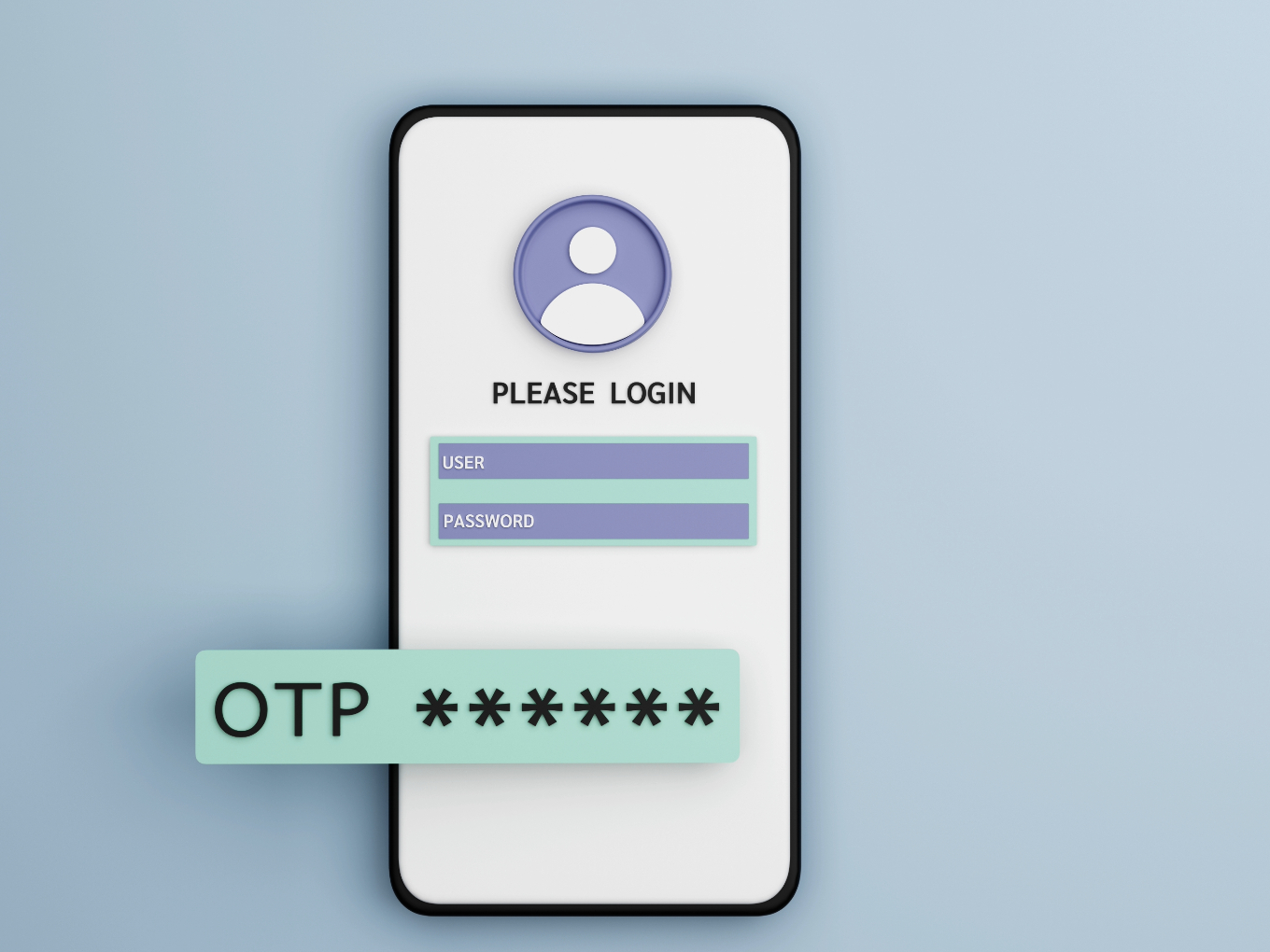Our dependency on internet services has increased dramatically as the digital era has progressed and technology has become more integrated into our daily lives. From financial transactions to accessing sensitive personal information, the digital domain provides unprecedented convenience and efficiency.
Nonetheless, this digital transformation has spawned a significant challenge: the growing risk of deception. To address this critical issue, it is imperative for India to re-evaluate its reliance on one-time passwords (OTPs) and transition to a more secure and user-friendly authentication system.
The Digital Revolution In India
There has been a significant shift towards digital culture in India in recent years. The pervasive adoption of digital payment systems, especially the Unified Payments Interface (UPI), has fueled the nation’s economic expansion.
Experts predict that by 2026, the total value of digital payments in India will reach a staggering $10 Tn. This digital transformation has unquestionably brought numerous benefits, but it has also opened the door to new challenges, most notably an alarming increase in fraud enabled by obsolete technologies such as one-time passwords (OTPs).
Understanding OTPs
OTPs, or one-time passwords, have become an integral element of the online experience in India. Typically, these temporary, randomly generated codes are sent to users via Short Message Service (SMS) to verify their identity during various online activities, including logging into bank accounts, undertaking secure transactions, and accessing sensitive data.
OTPs are considered a type of two-factor authentication (2FA) and have been extensively adopted in a variety of industries, including banking, social media, peer-to-peer payment platforms, healthcare portals, and ecommerce websites.
Limitations Of OTPs
While OTPs have played a crucial role in bolstering security, they come with their own set of limitations and vulnerabilities that pose a significant risk:
Account Takeover Fraud: OTPs, especially those delivered via SMS, are susceptible to interception through SIM swap fraud. Cybercriminals can exploit this vulnerability to gain unauthorised access to users’ accounts, even if they possess the correct password. This method effectively turns a security measure into a tool for fraudsters.
User Experience Challenges: OTPs often introduce friction into the user experience. Waiting for OTPs to arrive, manually entering codes, and dealing with unreliable SMS deliveries can lead to a frustrating and time-consuming login process, discouraging users from engaging with online services.
Security Risks: Despite their intended purpose, OTPs do not provide foolproof security. They can be susceptible to phishing attacks, where users are tricked into revealing their OTPs. Additionally, OTPs can be reused or intercepted by malicious actors, compromising the authentication process.
The Case For Going Passwordless
Given the inherent vulnerabilities and user experience challenges associated with OTPs, it is imperative to explore more advanced and secure authentication alternatives. Many leading companies have already recognised the need for a passwordless future, and here’s why:
Enhanced Security: Passwordless authentication methods offer a higher level of security compared to OTPs. Deterministic authentication through a mobile device, for example, requires the user to have physical possession of their mobile device, making it significantly harder for fraudsters to gain unauthorised access.
Improved User Experience: Passwordless authentication simplifies the login process, eliminating the need for users to remember complex passwords or deal with OTPs. This streamlined approach enhances user convenience and encourages greater engagement with online services.
Cost-Effective: Businesses often incur expenses related to password resets and OTP support services. Passwordless authentication reduces the reliance on these costly processes, saving both time and resources.
Versatility: Passwordless authentication methods can be seamlessly integrated across various channels, including mobile, desktop, and call centers. This versatility ensures a consistent and secure authentication experience, regardless of the user’s chosen platform.
Fraud Prevention: By eliminating the vulnerabilities associated with OTPs, passwordless authentication makes fraud a less scalable and costly endeavor for cybercriminals. This added layer of security protects both businesses and users from account takeover and unauthorised access.
Incorporating Advanced Authentication
In the evolving realm of passwordless authentication, cutting-edge solutions are reshaping the way we verify identity. Biometrics, such as fingerprint and facial recognition, offer a secure and convenient means of authentication.
Magic Links, featuring single-use verification tokens, simplify the login process by eliminating the need for passwords altogether. Hardware keys, like USB devices, provide an extra layer of security for user authentication.
Additionally, QR code verification offers a seamless and secure alternative to password-based logins. These advancements are underpinned by sophisticated technology that restructures sensitive data and decentralises access through techniques like tokenization and encryption, enhancing both security and user experience.
The Way Forward
India must reassess its dependence on vulnerable OTPs and embrace passwordless authentication. The rapidly evolving digital landscape necessitates adaptive security measures.
Passwordless authentication offers a secure, user-friendly, and cost-effective solution, enhancing online safety and user experience. It’s time for India to join the global shift towards combating fraud effectively with this innovative approach, empowering users in the digital age.
The post Is It Time To Reduce Reliance On Vulnerable OTPs And Go Passwordless? appeared first on Inc42 Media.



![[CITYPNG.COM]White Google Play PlayStore Logo – 1500×1500](https://startupnews.fyi/wp-content/uploads/2025/08/CITYPNG.COMWhite-Google-Play-PlayStore-Logo-1500x1500-1-630x630.png)